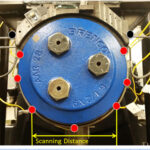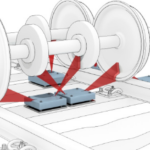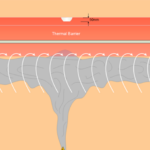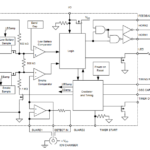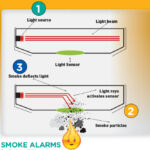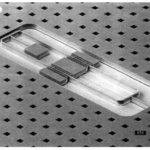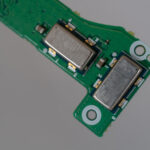Modern electronics should be able to easily solve a temperature-sensing challenge, but the harsh real-world complexities make it a difficult proposition. Part 1 of this article looked at the basic issues of railway bearing failure and detecting these before they happen. This part looks into more details and sensing options. Q: What can the railroad […]
FAQ on railroad hot-box-temperature sensing: part 1
Modern electronics should be able to easily solve a temperature-sensing challenge, but the harsh real-world complexities make it a difficult proposition. Freight railroads are a very important part of the logistics infrastructure around the world for transporting raw materials as well as finished goods. They are a major constituent of intermodal transportation along with trucks, […]
Smoke detectors and alarms, Part 4
The low-cost, reliable, ubiquitous smoke detector is an example of complex physics and optics made real by semiconductors. Technology is always improving and adding features to existing products, and that’s true of smoke detectors and alarms. At the same time, the “protection” world is very cautious about adding features and frills which may detract, impede, […]
Smoke detectors and alarms, Part 3
The low-cost, reliable, ubiquitous smoke detector is an example of complex physics and optics made real by semiconductors. Given the huge market for smoke alarms of both types—easily tens of millions of units per year for new and replacement/upgrade units—it’s no surprise that many IC vendors offer components and reference designs for this application. It […]
Smoke detectors and alarms, Part 2
The low-cost, reliable, ubiquitous smoke detector is an example of complex physics and optics made real by semiconductors. This part looks at the two widely used approaches to smoke detection. Q: How do smoke detectors actually detect smoke? A: There are two basic and very different approaches, one based on photoelectric principles and the other […]
Smoke detectors and alarms, Part 1
The low-cost, reliable, ubiquitous smoke detector is an example of complex physics and optics made real by semiconductors. We’ve come to accept the basic residential smoke detector, which retails for just $15 to $30, as a standard home-safety accessory. Most building codes now require these in or near designated areas such as the kitchen, bedroom […]
PIGAs can indeed fly – and are still the best, Part 3: History and future
The PIGA is the oldest accelerometer and widely used in rocketry and guidance, and still the best – but MEMS-based devices are getting closer. The previous parts looked at the principle and operation of the PIGA. This part looks briefly at its history and refinement and the MEMS-based versions of the PIGA being developed and […]
PIGAs can indeed fly — and are still the best, Part 2: Operation
The PIGA is the oldest accelerometer and widely used in rocketry and guidance, and still the best – but MEMS-based devices are getting closer. At the core of each single-axis PIGA is a gyroscope. The performance of this gyro — which is unrelated to the orientation gyros — plays a large role in determining the […]
PIGAs can indeed fly — and are still the best, Part 1: frame of reference
The PIGA is the oldest accelerometer, is widely used in rocketry and guidance, and is still the best — but MEMS-based devices are getting closer. When you see an inexpensive drone, a more sophisticated one, an unmanned aircraft, a standard piloted aircraft, guided or intercontinental ballistic missile ICBM), an underwater drone or submarine, or a […]
What are the varieties of electromechanical on/off switches?
Despite wide use of “soft” on/off switching, the traditional electromechanical switch is still often required or preferred and is available in countless versions. Let’s look at some available switch styles. 1) The knife switch It doesn’t get simpler than the knife switch. The first and simplest switch is the knife switch (Figure 1). This style […]

